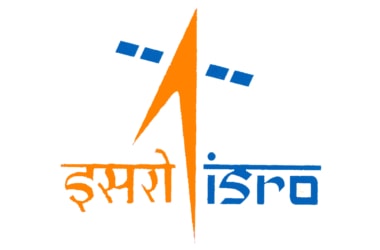
Indian Space Research Organisation (ISRO) on 5 June 2017 successfully launched the communication satellite GSAT-19 into a Geosynchronous Transfer Orbit (GTO).
The communication satellite was lifted by an indigenously developed launch vehicle named Geosynchronous Satellite Launch Vehicle Mark III (GSLV Mk- III) D-1 from the second launch pad of the spaceport at the Satish Dhawan Space Centre, Sriharikota at 5.28 pm.
The GSLV Mk-III is referred as FAT Boy of ISRO or India is ISRO’s its most powerful rocket.
The countdown to ISRO’s historic launch of GSLV Mark III D-1 was started on 4 June 2017 at the Satish Dhawan Space Centre, Sriharikota.
In a further advance of its space programme with this successful launch, India has managed to win a bigger share of the $300 billion global space industry.
This is the first ever developmental flight for the 4-ton class vehicle, powered by the indigenous cryogenic upper stage of 20 tonnes thrust.
In this test flight, the ISRO’s most powerful ever rocket is set to carry the satellite of 3136 kg lift off mass into space, the heaviest ever to be launched from Indian soil.
GSAT-19: Know More- At 3136 kgs (6914 lb) the GSAT-19 satellite will be the heaviest India has attempted to put in orbit.
- The United States, Russia, China, Japan and European Space Agency have launched satellites weighing over three tonne.
Prime Minister Narendra Modi’s government has been promoting the home-grown space programme as a demonstration of low-cost technology and in February it launched 104 satellites in a single mission, most of them for foreign customers. - ISRO hopes that the launch will help it in attracting more foreign business in the heavier segment of the satellite business.
- GSAT-19 satellite with a lift-off mass of 3136 kg is the communication satellite of India, configured around the ISRO’s standard I-3K bus.
- The satellite carries Ka/Ku-band high throughput communication transponders. Besides, it carries a Geostationary Radiation Spectrometer (GRASP) payload to monitor and study the nature of charged particles and the influence of space radiation on satellites and their electronic components.
- GSAT-19 also features certain advanced spacecraft technologies including miniaturised heat pipe, fibre optic gyro, Micro-Electro-Mechanical Systems (MEMS) accelerometer, Ku-band TTC transponder, as well an indigenous Lithium-ion Battery.
- GSAT-19 was powered by indigenously-made Lithium-ion batteries.
- This was the first time when ISRO has powered a satellite for the first time with Lithium-ion batteries. Similar batteries will be used in future to power electric vehicles like cars and buses.